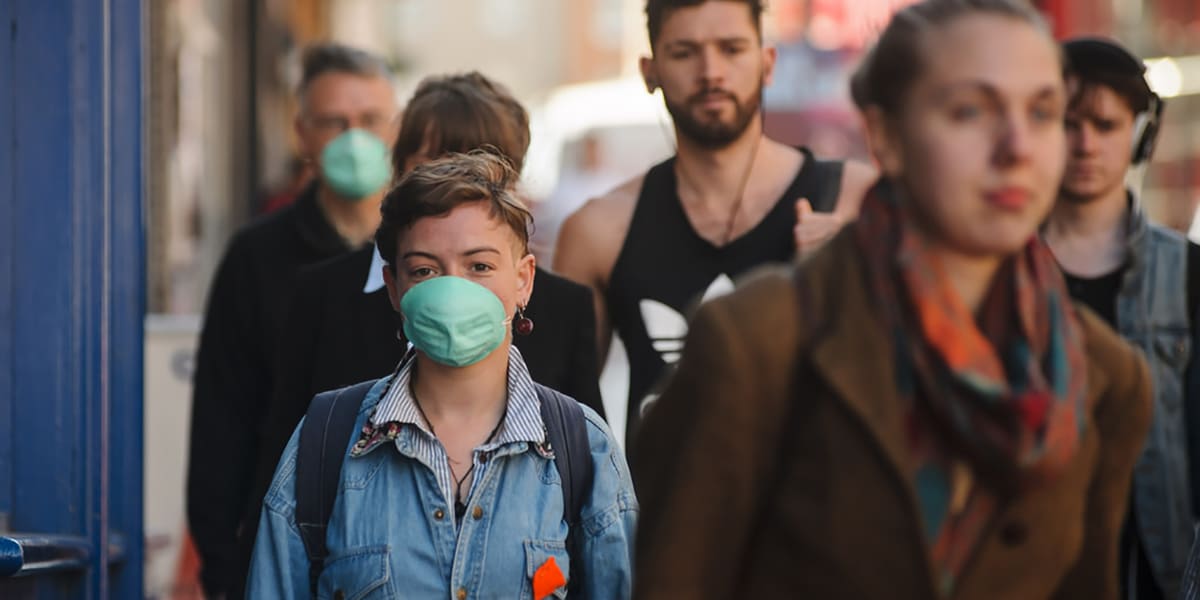As an elementary school student, you may have learned that pollution is not good for the environment, and that we should do our best to reduce pollution. While this is true in the grand scheme of things, taking a more critical look at the effects of air pollution on the UV index reveals that air pollution really acts as a double-edged sword. In one sense, air pollutants absorb and scatter UV rays, thus reducing the amount of UV radiation that reaches us. In another sense, air pollution contributes to the depletion of the ozone layer. As you may know, ozone is the crucial environmental material that absorbs UVC radiation and a large amount of UVB radiation before it reaches the earth.
First, let’s discuss how pollution can lower the UV index. Air pollution can get trapped close to the ground as a result of temperature inversions. If you’ve ever experienced freezing rain, chances are you’ve experienced a temperature inversion. These phenomena can happen when air at higher altitudes is warmer than air at lower altitudes – for example, when air near the ground gets cold overnight. Temperature inversions lead to the formation of stable air masses, which trap pollution, potentially leading to the development of smog (and freezing rain).¹ When air pollution and smog are present, less UV radiation reaches the earth. Also, dust scatters UV rays, thereby lowering the UV index.²On the other hand, air pollution has the potential to cause the UV index to skyrocket. The depletion of the ozone layer is a global concern. Since the ozone layer plays a major role in absorbing sunburn- and cancer-causing UVB rays, its depletion has major human health implications. Air pollutants that contain chlorine and bromine atoms contribute to ozone depletion. For example, chlorofluorocarbons (CFCs), a type of greenhouse gas, release free chlorine which causes ozone to decompose.³
Concerned about the effects of air pollution on the UV index and wondering what you should do? Air pollution levels may vary at specific locations throughout cities, and weather stations likely won’t report on this variation. Use Sun Index to get the accurate UV index no matter where you’re located.Sources:
- Briney, A. (n.d.). Inversion Layers and Their Impact on Microclimates and Smog. Retrieved November 28, 2016
- National Weather Service Climate Prediction Centre. (n.d.). Effects of Clouds, Elevation, and Surface Pollution? Retrieved November 28, 2016
- National Geographic. (n.d.). Ozone Depletion. Retrieved November 28, 2016,



